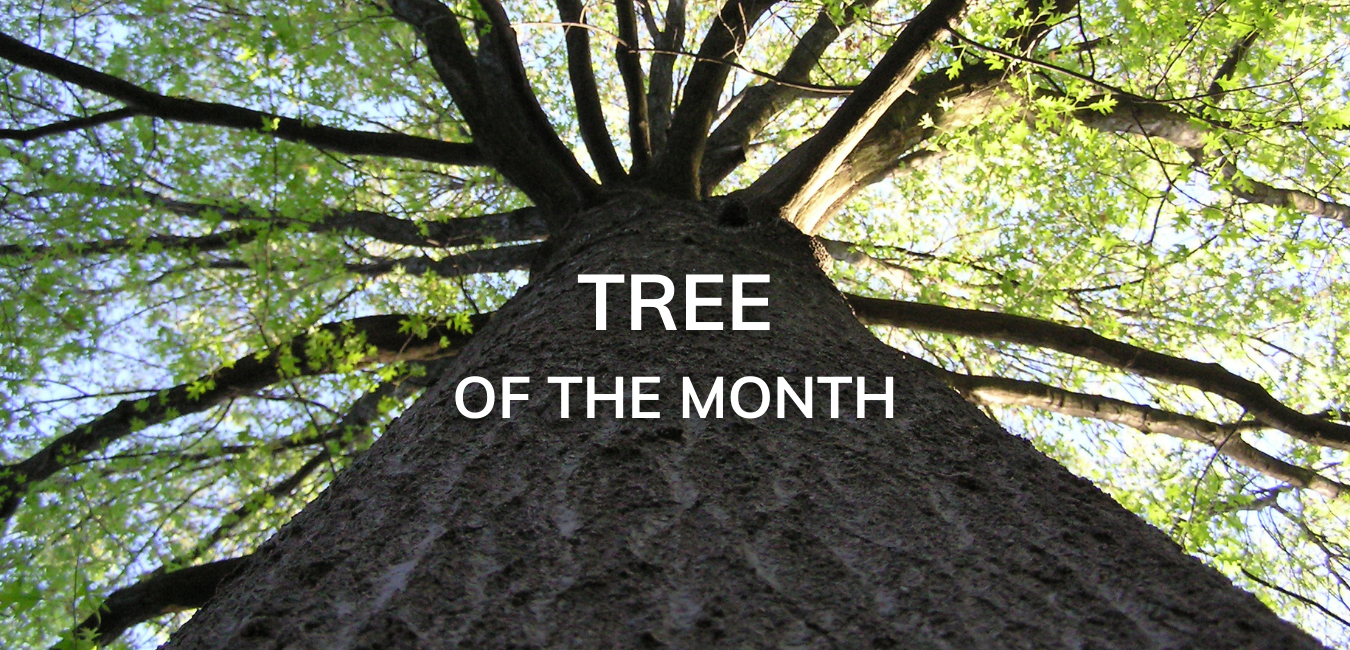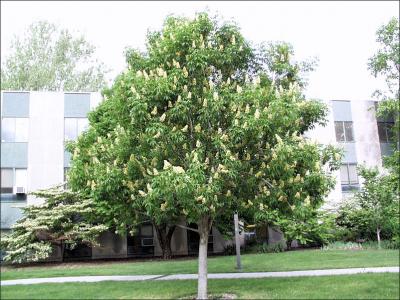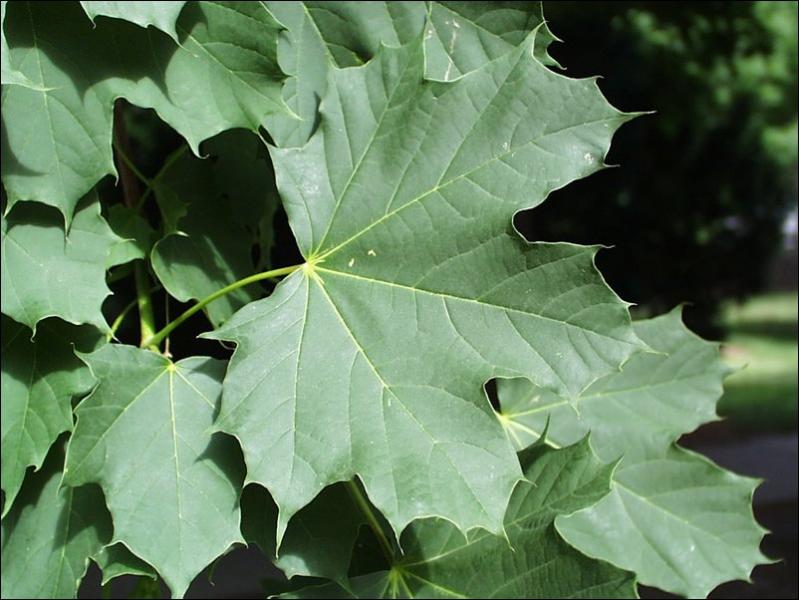The Norway Maple, and its dark red leafed relative, the Crimson King, are popular choices for city boulevards and gardens. These fast growing trees provide good shade and survive well in the harsh city environment.
The species became especially popular in North America as they were often chosen to replace trees affected by the Dutch Elm disease, which came to Ontario in 1967. Norway Maples were introduced much earlier to North America, in 1756.
A Danger to Our Forest Diversity?
Although the resilient Norway Maple thrives in poor soil conditions and is tolerant of pollution, its popularity as an ornamental landscaping tree may have a negative impact on surrounding forests.Norway Maples have several advantages and can out compete native tree species. Seedlings can grow well even in the dense shade created by Norway Maples, while its shade hinders the growth of native tree species. Leaves also emerge earlier on Norway Maples, and remain on the tree long after other species have shed their leaves, which allows for more opportunity to collect nutrients.
Norway Maples are also notorious for the amount of water they require. Their thirst can have a negative impact on surrounding plants and contribute to soil erosion.
While more research is needed to determine how much of a risk this tree poses to our forests, a study from Columbia University warns, “the convergence of increasing forest fragmentation through urban sprawl and the accelerating invasion of Norway maples into established forests could quickly tip the balance and complete its penetration of the forest in the northeastern US, and possibly elsewhere.”
Identification and Scandal
You may remember the controversy in 2013 when the new $20 polymer bills were issued. They featured a maple leaf experts argue is that of a Norway Maple, and not a “stylized blend” of leaves as the Bank of Canada claims.
Unlike the sugar maple, a species native to Canada, the Norway Maple leaf has more lobes. Its leaves are also wider than they are long, and they bleed white sap out of the leaf stalk when broken off.
What You Can Do
You can help preserve biodiversity by choosing to plant native trees! ReForest London has many tree planting projects and tree giveaways where you can get your very own native sapling.
Check out other invasive species and how to identify them here.
References
http://www.cbc.ca/news/canada/ottawa/canada-s-new-20-bill-at-centre-of-m…
http://www.nanps.org/index.php/conservation/alien-invaders/103-norway-maple
http://www.columbia.edu/itc/cerc/danoff-burg/invasion_bio/inv_spp_summ/A…




